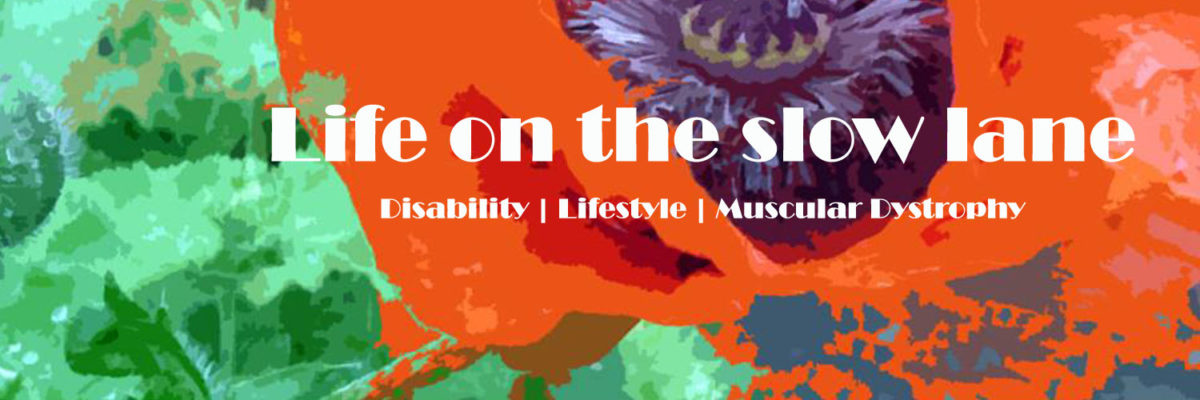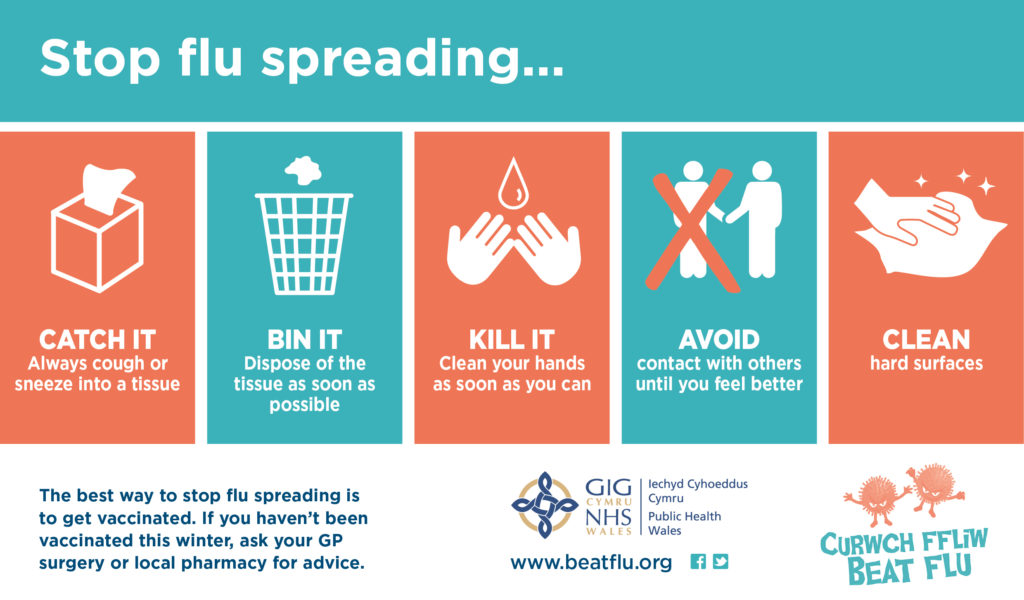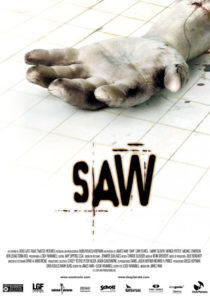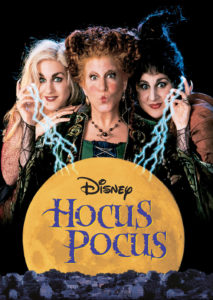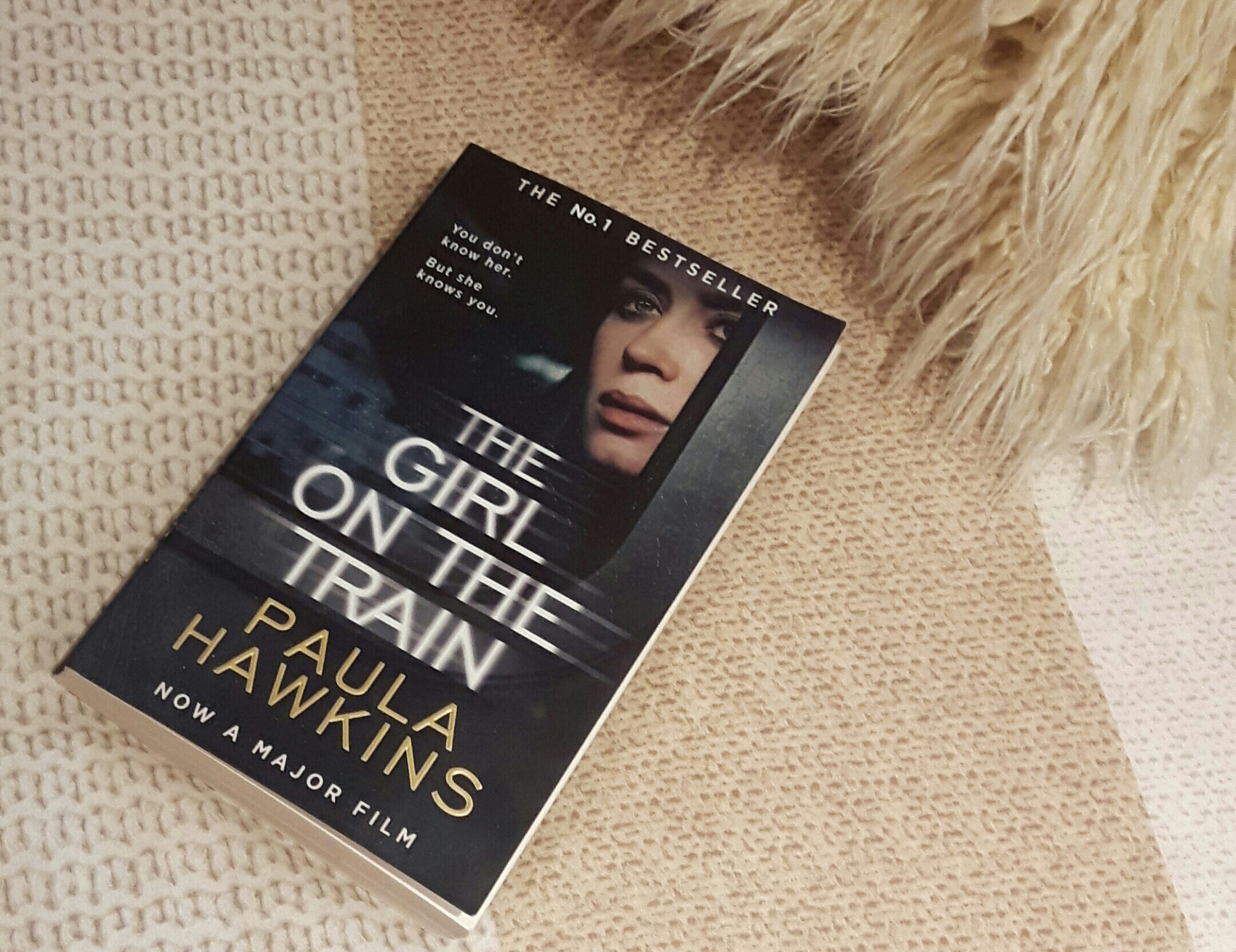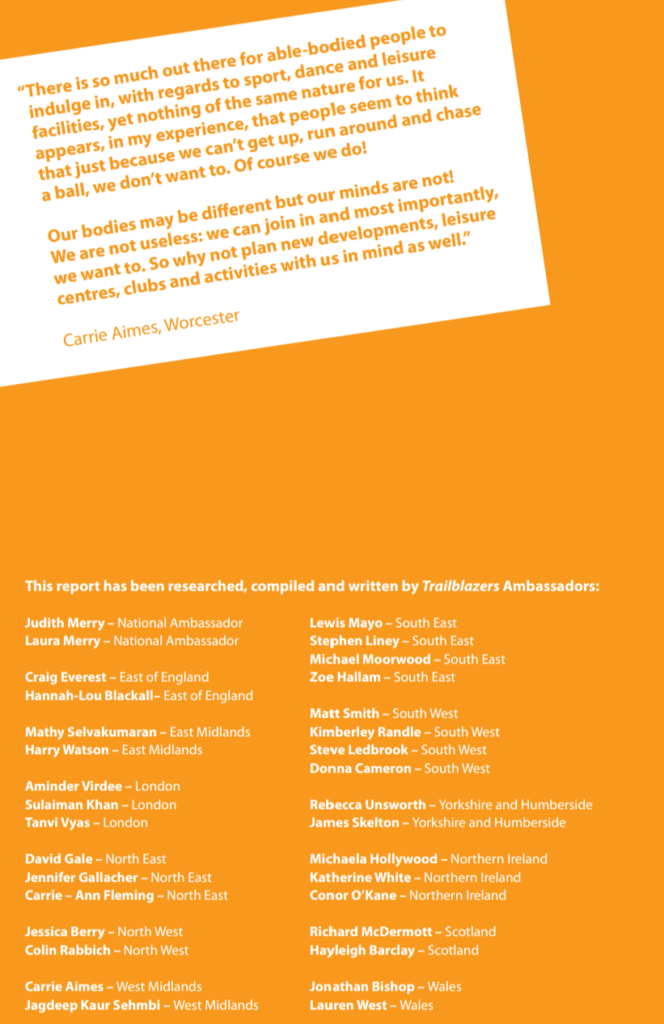All my life I’ve required care, whether it be from family members, friends or paid employees. For over a decade now I have been hiring assistants to help me with an array of tasks, including personal care. I have always chosen to recruit my own staff rather than use agency workers. This has given me much more flexibility in terms of when, how and for the duration of time I use my PAs. It also means that I know exactly who will be providing my care, which is not always the case when going down the agency route. However, with this comes the added responsibility of being an employer, which in itself can be rather daunting and stressful.
I’m in the fortunate position of having been gifted the best family I could ever hope for. I do appreciate though, that not everyone has the invaluable support of relatives to rely on. For these individuals their only option is to pay others, often strangers, to assist with their needs. Like me, they might advertise, interview and hire independently, paying for their care with council funded Direct Payments (available in England, Scotland and Wales). Alternatively they may decide to use an agency.
For others though, in times of desperation, they have no choice but to leave their residence and spend time in respite care. I know of cases where young people in their 20s have been placed in nursing homes for the elderly, where staff have no knowledge or experience of their condition and specialist needs. Personally I can’t imagine such an experience and count myself lucky that I’ve never had to resort to this.
Over the years I’ve had several carers (or personal assistants) – whichever label you prefer. For the most part, I have found them through friends, associates or word of mouth.
Several months back my longest serving employee had to leave for personal reasons. It came as quite a shock but couldn’t be helped. She worked for me for eight years and had seen me at my worst and most vulnerable. She is a good friend close to my age, whom I trusted and relied on, and so the news of her resignation was somewhat distressing. Thankfully she was good enough to stay until her position had been filled, which she was under no obligation to do. Nevertheless, I was abruptly faced with the immediate and unavoidable task of advertising for her replacement.
I was under no illusion that finding someone who could and would meet my needs was going to be a simple endeavour. It certainly was not. I’ve been casually told social workers, who carry out my annual Needs Assessment, to simply advertise and hire, as and when needed. As if I’ll be flooded by pools of applicants to choose from. Then again, I guess these social workers have never had to find people willing to drag them from their pit every morning and get them ready for the day ahead. Trust me it’s no easy undertaking when job seekers are sadly too often put off to discover that personal care does in fact mean personal care!
I placed ad’s everywhere I could think of; online and locally. After several weeks of limited interest, I arranged interviews with each candidate in the hope that at least one would be suitable. Most were let downs, failing to turn up without notice or changing their mind after showing initial enthusiasm. My expectations were raised only to be shattered.
I was surprised by the casual disregard and lack of consideration from some of the applicants. I spent whole days at home waiting for interviewees to arrive, as if I have nothing better to do. Is it really that difficult to send a text message or make a quick call to say you cannot attend for whatever reason?
Time was ongoing and I was increasingly aware that I would have to find someone – anyone – as soon as possible. I live rurally in a town populated by less than 10,000 and so inevitably I wasn’t getting as much interest as I might if I lived in a city. This was an incredibly tense and stressful time for me.
Although my carer had said she would remain with me until a replacement could be found, I knew it was too much to expect her to stay as long as it was taking. I couldn’t be without the care I needed to live my life – to simply exist. Yet at the same time I couldn’t find anyone to provide this care. I was facing an almost impossible challenge.
In the end it was once again through friends of friends and frankly sheer luck that I found someone to take on the essential role. I won’t lie, it’s been a difficult transition and my daily routine has had to adapt. But, several months on, things seem to be coming together and all the initial doubts and struggles have been ironed out. I do still worry about the future prospect of having to go through the whole hiring process once again. It’s an unenviable task but one that is an essential and unavoidable part of life for those of us with a disability.
I realise it’s difficult for those applying for positions as PAs to empathise with our unusual and complex situation. If you’ve never needed care yourself it’s understandably difficult to grasp the necessity and importance of the role of caregiver.
For this reason, I have written an open letter to carers and prospective PCAs (personal care assistants). It has been published on the Muscular Dystrophy Trailblazers website. If you’re interested to read the edited version of my letter, click here.
Open letter to carers
On behalf of all of us who require personal or social care, I invite anyone considering taking on the role of personal assistant to think carefully about what it really means before you do apply.
Firstly, this is not a choice for us. We’re not, for example, hiring a cleaner because we’re too busy or too lazy to clean our own homes. When we advertise for carers, it’s because we NEED them and not necessarily because we want them.
As physically disabled individuals, many of us cannot independently carry out essential everyday tasks such as washing, dressing and toileting. To have no option but to entrust such intimate activities to another person – a stranger – is unnatural and unnerving. We are in effect placing our lives in your hands when you take on the vital role of personal carer.
Recruiting carers can be a lengthy and extremely stressful process for us. There’s the initial worry over whether there will be any applicants at all, followed by the dreaded interview process.
We often find ourselves waiting around for interviewees to attend, only for them to carelessly fail to show without any notification. Please do bear in mind that just because we are disabled, like you we have lives too, so don’t waste our time. We appreciate there are valid reasons for failing to attend job interviews, but it’s no hardship making a quick phone call or sending a text message to let us know in advance. As you would with any potential employer, be professional and courteous.
If and when we are able to successfully recruit, it can be incredibly frustrating and disheartening when that person flippantly decides to resign days later. You may wonder how and why this can happen but the sad fact is that for many disabled people it is a reality. We are not afforded the luxury of being able to manage until a replacement is found. No, we can’t simply wait for the right person to show up.
Some of us even have to resort to respite and residential homes in the meantime, thereby taking us away from our own homes and everything we hold dear. Try to imagine if you will, how demoralising and distressing such a situation would be if it happened to you. I therefore reiterate how important it is to think before applying for a role as a personal carer.
Are you trustworthy, reliable, willing and able? Ask yourself: are you entering this area of work for the right reasons? Your role will involve a range of tasks and you will be responsible for the safety and wellbeing of your potentially vulnerable employer. So, if your attitude to care work is casual and indifferent, then this is most definitely not the job for you!
